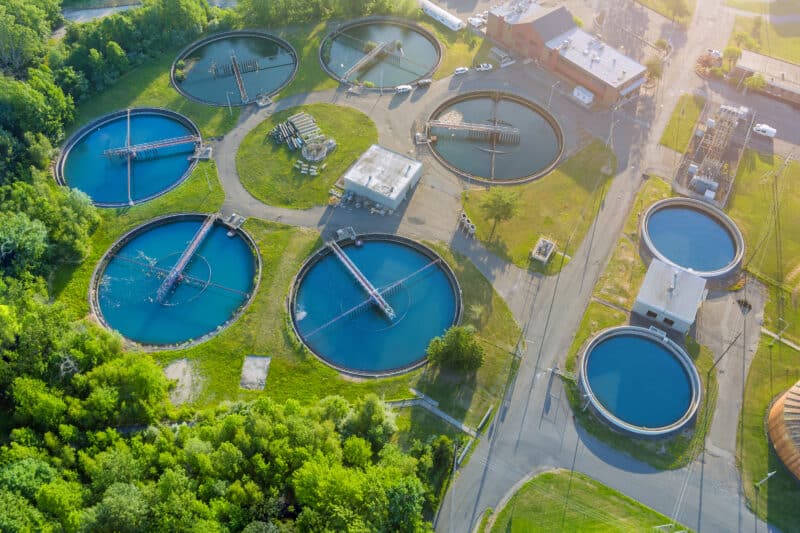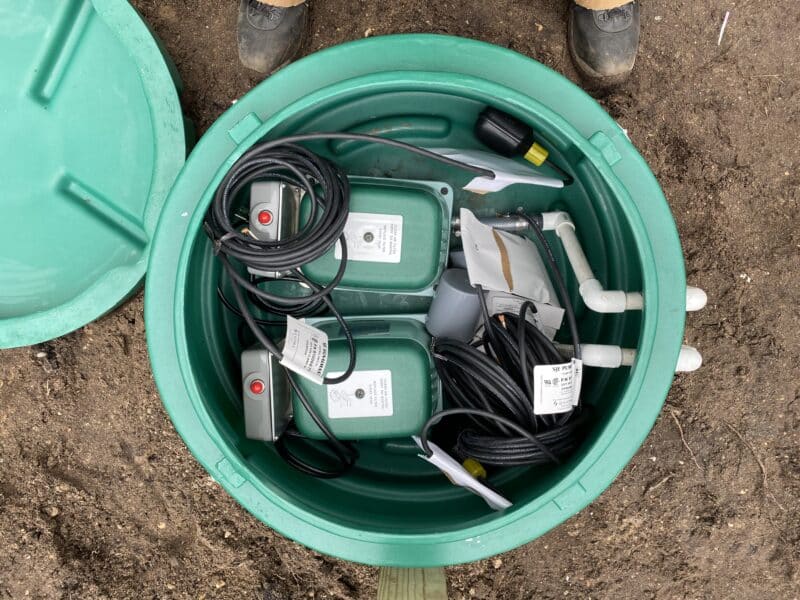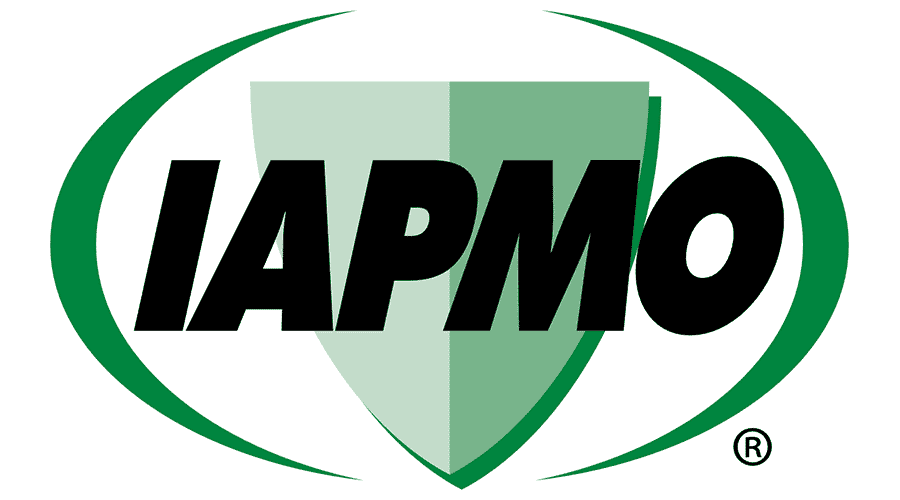What is aerobic treatment, and why does it matter? Let’s begin with some history of septic tanks and wastewater treatment. When the clean water act was passed in 1970, the EPA said that by 2000 there would be no more septic tanks in the US. Sewers would be everywhere, and only the most remote houses would have septics. At the time, approximately 25% of US households had septic tanks. In 1998 congress asked EPA, “Hey, how are we doing on the elimination of septic tanks?” It turned out that now 27% were on septic. What happened?
It turns out sewer systems are extraordinarily expensive and only make sense in the densest cities. People kept moving to the suburbs, and we ran out of money for sewer systems. So the EPA had to accept that “onsite” systems would remain part of our permanent wastewater infrastructure. But the dilemma was that “onsite” was still just anaerobic septic systems, and now there were too many, and pollution was starting to crop up.
The engineering community had already developed elaborate technology to deal with city pollution. Wastewater treatment plants produced water that a city’s mayor would proudly drink in public. And now, with the EPA’s admission about “onsite,” the need for improving this technology created a marketplace. Engineers shifted their vision and tried to figure out how to create mini-treatment plants that could fit in a backyard.
The common strain through this technology is air. Septic tanks don’t get aerated, so there is no oxygen. Without oxygen, you get very little digestion of the organic wastes. After all, in the ocean, algae fall to the bottom where there is no air and last for literally 100’s millions of years, eventually becoming petroleum. Digestion is a form of a controlled burn. Our enzymes add oxygen to carbon compounds like sugar, protein, or fat and combine it to get carbon dioxide, releasing energy in the process. Real wastewater treatment started when sewers collected waste and sent them to ponds. Then various types of aeration devices were used to mix air into the water. If you made the pond big enough so that the organic waste stayed in the pond for several days, it would give time for bacteria to use the oxygen to digest the waste. Eventually, the ponds were modified into tanks made of concrete so more technology could be added, like filters, pumps, settling tanks, digesters, etc. Now, most wastewater treatment plants (WWTP) are sophisticated engineering systems requiring trained personnel to operate and large budgets.
The first generation of homeowner systems largely tried to copy the municipal WWTPs in miniature form. This meant specially designed tanks and various pieces of hardware that were offered as specific proprietary designs exclusive to the various manufacturers. Often these included the original septic tanks to act as a means to reduce the strength of the waste. This meant that those tanks still needed to be pumped on a regular basis. The National Sanitation Foundation (NSF) created its Standard 40 to test these devices so regulators would have confidence in allowing them to be installed in their jurisdictions. Now there are hundreds of these systems available to the public.
We took a different approach for the SludgeHammer. We created a portable device that acts as a bioreactor and can be placed inside a standard septic tank. Condensing tremendous treatment power is such a device it means we can convert most of the existing tens of millions of septic tanks into advanced aerobic systems without any infrastructure change at all.








